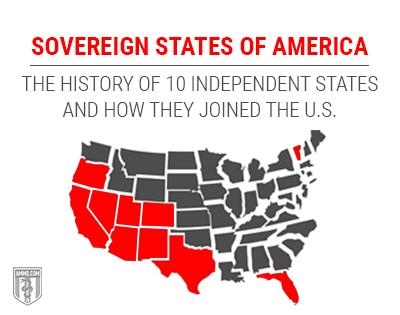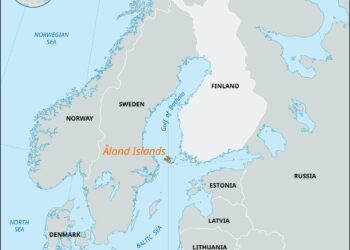Title: Understanding Autonomy: The Granting of rights by Sovereign States to Territories and Ethnic Communities
in an increasingly interconnected world, the dynamics between sovereign states and the diverse ethnic communities residing within their borders have become a complex terrain of negotiation, conflict, and resolution. The concept of autonomy—where territories or groups are granted a degree of self-governance—has emerged as a pivotal mechanism for fostering peace and stability in multi-ethnic societies. From Scotland’s push for devolution to Catalonia’s quest for independence, the intricate tapestry of autonomy movements is woven with historical grievances, cultural identities, and political aspirations.This article delves into the multifaceted ways in which sovereign states are recognizing and granting autonomy to various territories and ethnic communities, examining the underlying purposes of these decisions and their implications for national integrity, social cohesion, and the rights of minority populations. By exploring case studies and expert insights, we aim to unravel the motivations behind this trend and the potential pathways it creates for inclusive governance and sustainable growth.
Understanding Autonomy: Historical context and Modern Motivations
Throughout history, the concept of autonomy has evolved substantially, shaped by a variety of political, social, and cultural factors. in earlier epochs, the struggles for autonomy often stemmed from colonial rule, where indigenous populations sought to reclaim their rights and identity. During the 20th century, the aftermath of both World Wars and the decolonization movements led to a surge in the recognition of self-determination. Today, nations grant autonomy to regions and ethnic groups as a way to address historical grievances, foster peace, and ensure stability within multi-ethnic states. This modern approach is often driven by the need to balance competing national narratives, enabling a framework that respects the rights of diverse communities.
Some contemporary motivations for granting autonomy include:
- Conflict Resolution: By offering autonomy, governments can reduce tensions between different ethnic or national groups.
- Enhancing Governance: Local self-governance can lead to more efficient management of resources and greater accountability.
- Preservation of Culture: Autonomy initiatives often include provisions for the protection and promotion of cultural heritage.
- Economic Benefits: Allowing regions to control their economic resources can lead to more equitable development.
The importance of autonomy is further supported by international perspectives. Such as, the United Nations Declaration on the Rights of indigenous Peoples emphasizes the rights of communities to self-determination. Below is a comparison of notable examples of autonomous regions:
| Region | Key Features | Established |
|---|---|---|
| Catalonia (Spain) | Language rights,economic control | 1979 |
| Scotland (UK) | Parliamentation,education | 1999 |
| Puerto Rico (USA) | Local governance,cultural preservation | 1952 |
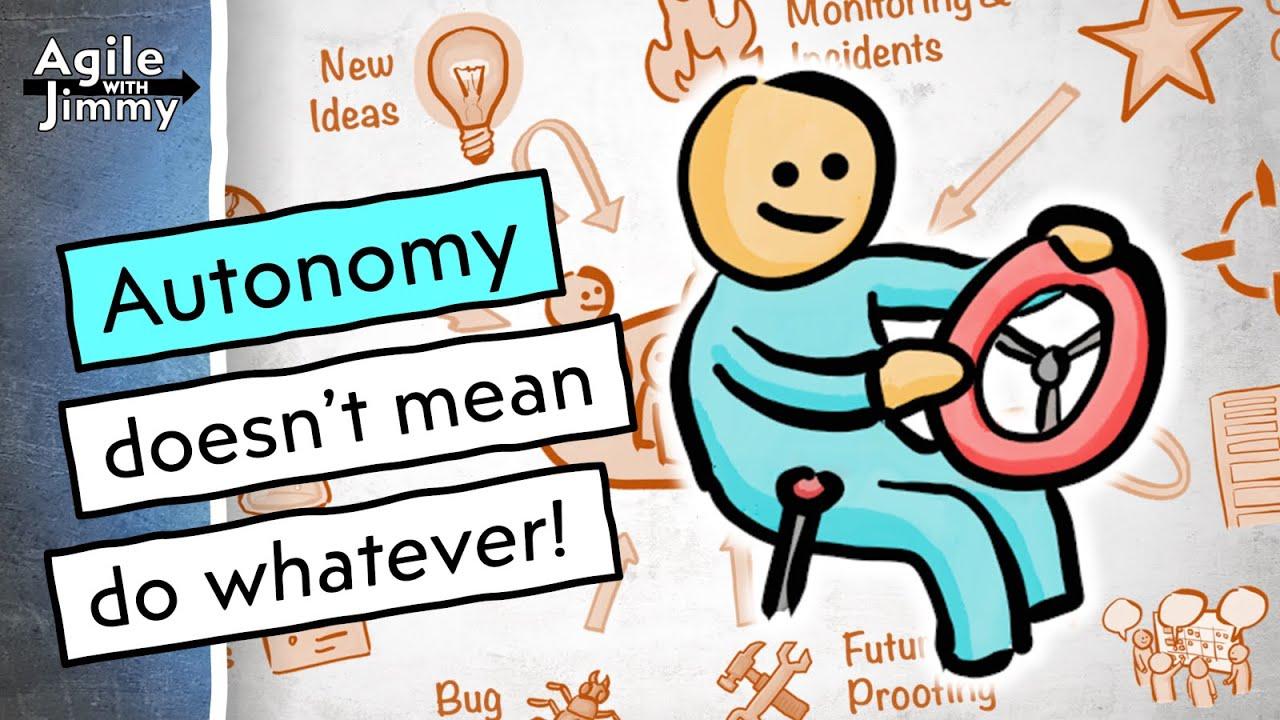
Empowering Communities: The Role of Autonomy in Ethnic Identity Preservation
The concept of autonomy plays a pivotal role in fostering ethnic identity preservation, as it provides minority communities with a framework to maintain their cultural heritage and traditions. By granting specific rights to self-govern, governments can create a conducive habitat for these communities to thrive and express their unique identities. Benefits of granting autonomy may include:
- Cultural Preservation: Communities can safeguard their languages, traditions, and rituals.
- Political Depiction: Autonomy often leads to increased representation in local governance, allowing for better advocacy of community interests.
- economic Development: Tailored development plans can address the unique needs of the population, promoting local industries and employment.
Moreover, autonomy provides a platform for dialog and reconciliation, aiding states in addressing historical grievances and fostering mutual respect. When ethnic communities are empowered to shape their destinies,the potential for sustainable peace is enhanced. A well-structured autonomous arrangement can lead to key outcomes such as:
| Outcome | Description |
|---|---|
| increased Social Cohesion | Promotes inter-ethnic cooperation and understanding. |
| Reduced Conflict | Alleviates tensions by recognizing rights and aspirations. |
| Empowered Communities | Encourages active participation in decision-making processes. |
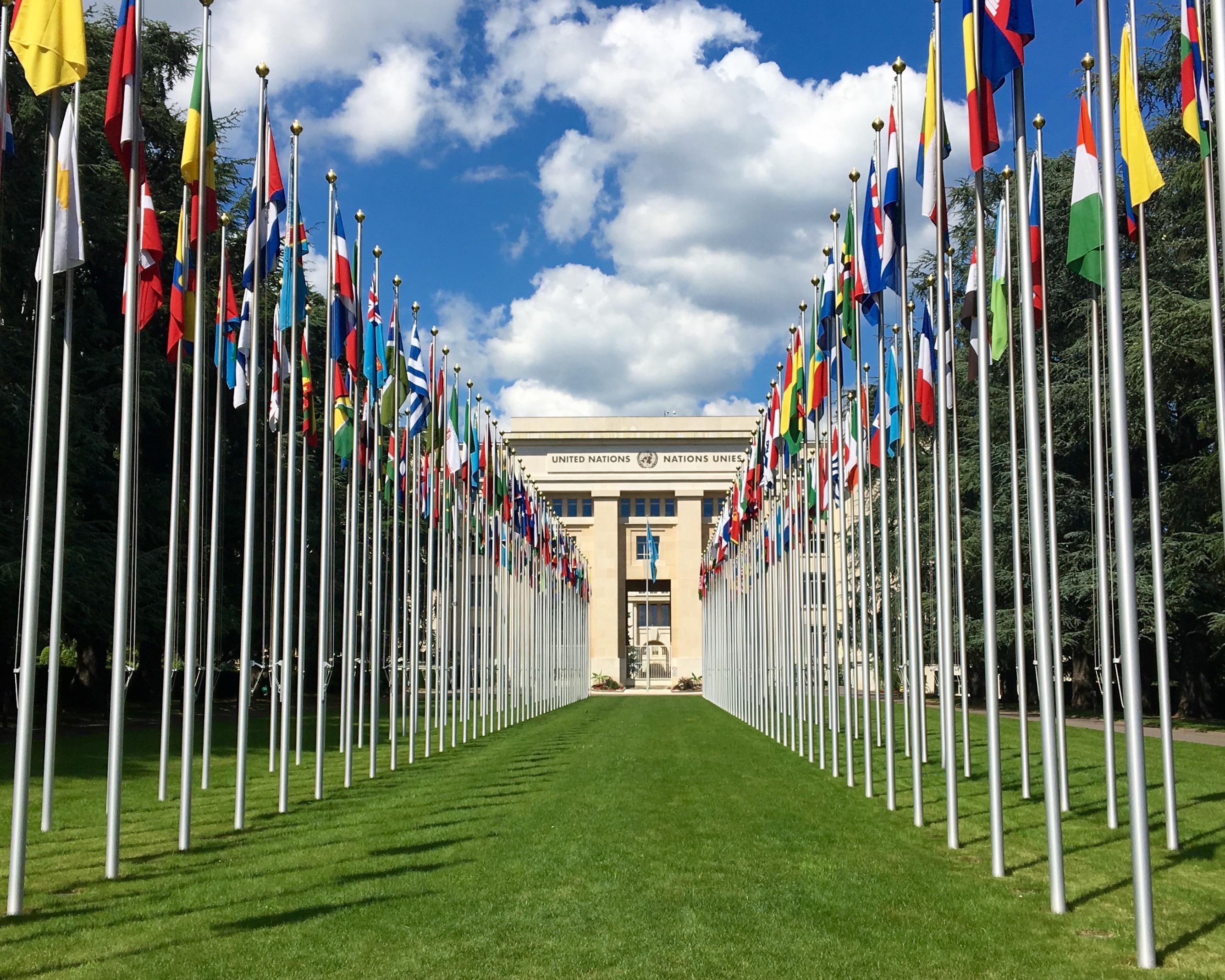
Legal Frameworks: How Sovereign states Formalize Autonomy Agreements
In the intricate landscape of governance, sovereign states have developed various legal frameworks to formalize autonomy agreements. These agreements often reflect a commitment to recognizing the rights and aspirations of minority communities while ensuring national unity.The frameworks typically encompass constitutional provisions, legislative acts, and intergovernmental agreements that stipulate the rights and responsibilities of autonomous regions. Common elements include:
- Definition of Autonomy: Clear criteria that outline the scope of self-governance.
- Political Representation: Structures ensuring that communities have a voice in policy-making.
- Cultural Rights: Guarantees for the preservation and promotion of unique cultural identities.
- Economic Powers: Authority for regional governments to manage local economies and natural resources.
Moreover, the implementation of these autonomy agreements is frequently enough complemented by judicial oversight to resolve disputes and ensure adherence to the agreed terms. States may establish specialized bodies tasked with monitoring compliance and facilitating dialogue between the central and regional authorities. The following table summarizes key aspects of these frameworks:
| Aspect | Description |
|---|---|
| Legal Basis | Constitutional and statutory provisions defining autonomy. |
| Self-Governance | rights to create local laws and administrative structures. |
| Cultural Autonomy | Measures to protect language, traditions, and cultural heritage. |
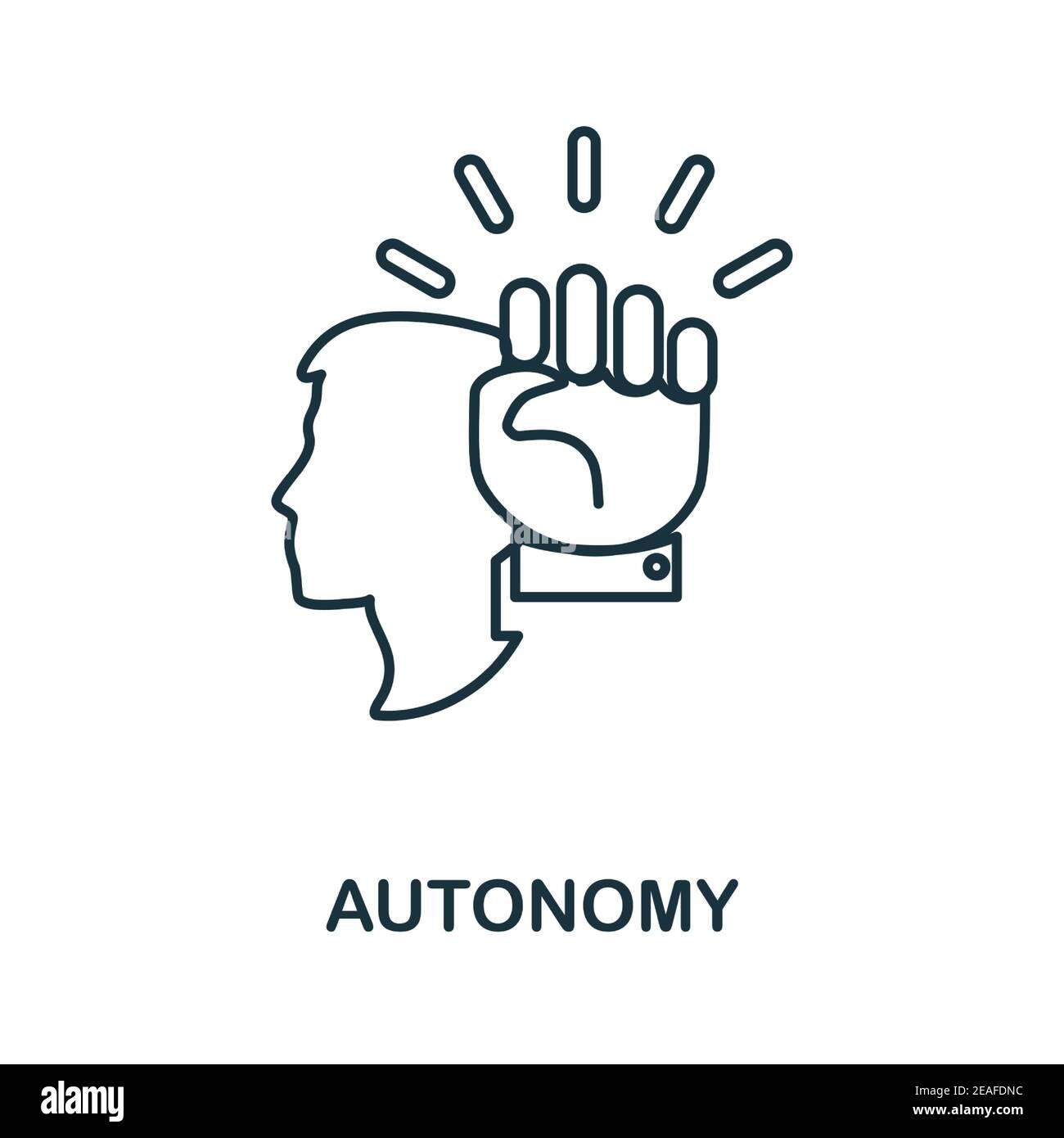
Balancing Interests: Strategies for Negotiating Autonomy with Minority Groups
Successfully navigating the complex landscape of autonomy negotiations with minority groups requires a delicate balance between the interests of the state and the aspirations of the communities involved. Stakeholders must approach discussions with a deep understanding of historical grievances and cultural dynamics. Some effective strategies include:
- inclusive Dialogue: Initiate conversations that actively involve community leaders and representatives, ensuring all voices are heard.
- Mutual Respect: Acknowledge the unique identity and needs of minority groups while fostering a sense of national unity.
- Clear Frameworks: Establish transparent legal and operational frameworks that define the scope and limits of autonomy.
- collaborative Decision-making: implement joint governance structures that empower minority groups in local administration.
Additionally,it is crucial to engage in ongoing consultations beyond the initial negotiations. Flexibility and willingness to adapt to changing circumstances can lead to more sustainable arrangements. Creating platforms for regular communication can mitigate misunderstandings and foster trust. The following table demonstrates key elements of successful autonomy negotiations:
| Key Element | Description |
|---|---|
| Cultural recognition | Respecting traditions and practices of minority groups. |
| Economic considerations | Addressing resource distribution and economic needs. |
| Security assurances | Ensuring protection for minority communities against discrimination. |
| Education and language rights | Promoting multilingual education and cultural curricula. |
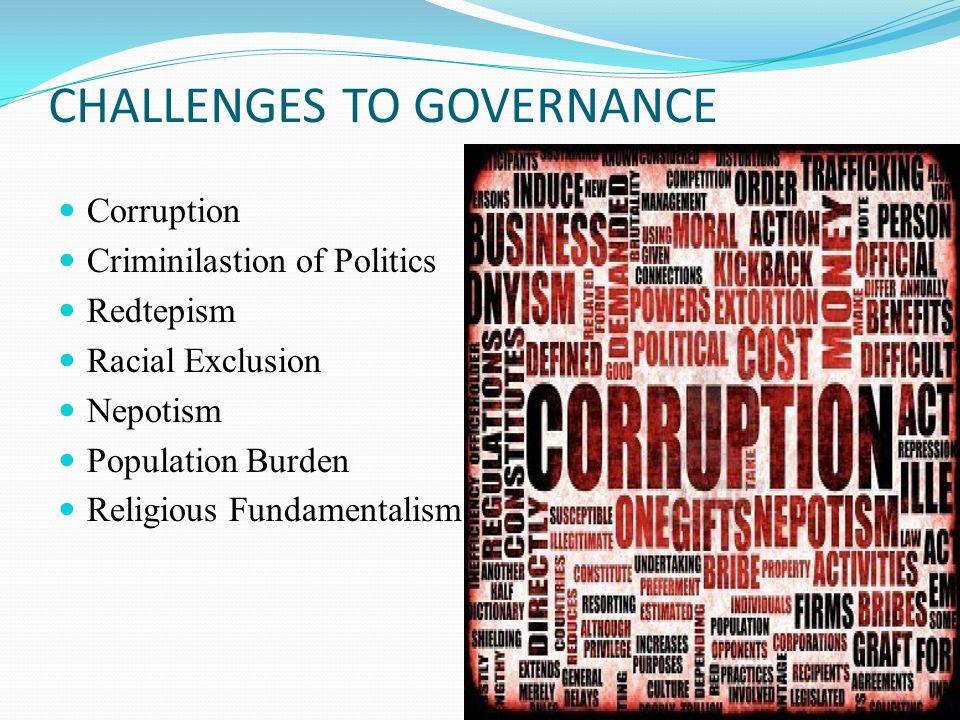
challenges Ahead: Addressing Conflicts and Ensuring Sustainable Governance
As nations grapple with governance issues, the quest for autonomy among ethnic communities often surfaces as a central challenge.conflicts arise when diverse cultural identities demand recognition and self-determination within established state boundaries. This can lead to tensions between national unity and the aspirations of minority groups, which may feel marginalized or underrepresented. To effectively address these conflicts, governments need to implement frameworks that advocate for inclusive dialogue and empower local voices. initiatives could include:
- Establishing autonomy agreements that delineate rights and responsibilities.
- Creating consultative councils comprising representatives from various ethnic communities.
- Promoting cultural education programs to foster mutual respect and understanding.
Moreover, fostering sustainable governance requires a delicate balance between exercising authority and granting freedom. Recognizing autonomy can act as a catalyst for social stability, as communities that feel respected are more likely to engage positively with the state. This is especially pertinent in regions that have experienced historical grievances. By prioritizing community engagement and ensuring equitable access to resources, sovereign states can minimize dissent and promote harmony. An effective strategy may include a monitoring system for evaluating the impact of these policies, which could feature:
| Policy Area | Goal | Measurement |
|---|---|---|
| Legal Reforms | Integrate community rights | Number of reforms enacted |
| Economic Development | enhance local economies | Employment rates in autonomous regions |
| Social Cohesion | Reduce ethnic tensions | Reported incidents of conflict |

Future Perspectives: The Evolving Landscape of Autonomy in a Globalized World
The landscape of autonomy is increasingly influenced by the dynamics of globalization, where states recognize the importance of granting territorial and ethnic communities the right to self-governance. This evolution results from a variety of interrelated factors, including cultural diversity, economic considerations, and political stability. as societies become more interconnected, the demand for localized governance structures that respect and promote the unique identities and aspirations of distinct communities grows. Some of the primary motivations behind this shift include:
- Preservation of Cultural Identity: Autonomy enables communities to maintain their traditions and languages against the backdrop of global homogenization.
- Political Legitimacy: Granting autonomy can enhance the legitimacy of state governance, fostering trust and cooperation among diverse groups.
- Economic development: Localized governance can lead to tailored economic policies that better address the specific needs of communities, enhancing overall development.
Moreover, the practical implementation of autonomy arrangements leads to a reevaluation of power relations within states. In many cases, these arrangements are designed to foster peaceful coexistence and cooperation rather than conflict. States adopt various frameworks to address the complexities of autonomy, including:
| Framework | Key Characteristics |
|---|---|
| Federalism | division of powers between central and local governments, allowing for self-governance. |
| Devolution | Transfer of powers from a central authority to local governments while retaining oversight. |
| Self-Determination | Empowering communities through referenda or negotiations to establish their governance structures. |
As countries grapple with the complexities of national and regional identities in a globalized context, the evolving autonomy frameworks signal a notable shift toward recognizing the rights of diverse communities. Such developments present both opportunities and challenges, urging states to balance unity and diversity effectively.
In Conclusion
the grant of autonomy to territories and ethnic communities by sovereign states is a complex process shaped by historical, political, and cultural factors. As explored in this article,the motivations behind such decisions vary,ranging from the desire for social cohesion and national stability to the need to accommodate diverse populations within increasingly pluralistic societies.
Ultimately, the right to autonomy can serve as a vital tool for empowering marginalized groups, fostering local governance, and preventing conflict. However, its implementation must be approached with care, balancing the aspirations of autonomy-seeking communities with the broader interests of the state. As the world continues to grapple with issues of identity, representation, and self-determination, the pathways of autonomy will remain a crucial aspect of national and international discourse. The ongoing dialogue around autonomy and its implications for peace and democracy is not merely academic; it is vital for those who seek equitable solutions in an ever-diversifying world.


